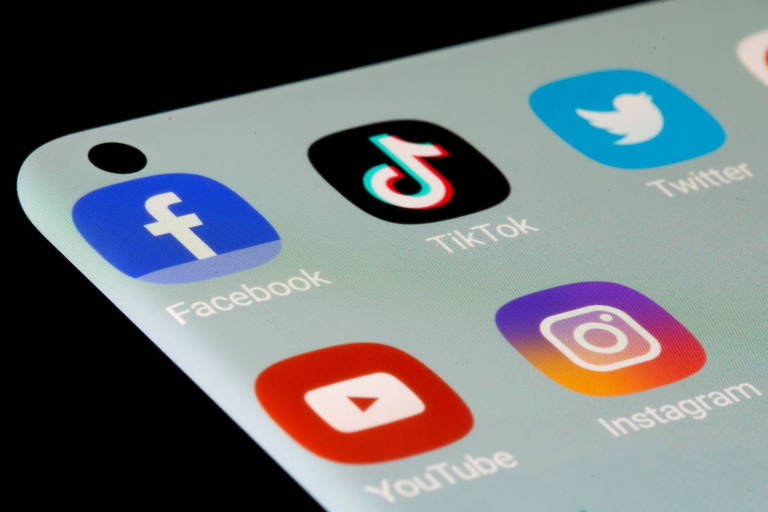TECH

Ionogel innovation could power safe, enduring energy storage
Researchers at the Department of Energy's Oak Ridge National Laboratory have developed an innovative energy storage system design that introduces a safer, more efficient method for electrical charge transfer.
This study advances fundamental understanding of how functional groups impact the mechanical and electrochemical performance of highly charged polyelectrolyte membranes—thin, charged polymer sheets that help control the movement of ions in energy devices.
The research team's success is encouraging for next-generation energy storage systems that could help meet growing energy demands. The new approach could impact many sectors, including consumer electronics, portable medical devices and aerospace systems. It could also help advance key national priorities for energy innovation and competitiveness in manufacturing.
The researchers' goals included improving energy storage safety, efficiency and mechanical strength. To overcome common design challenges, such as short lifespans and flammability, they created a layered solution using ionogels. Ions are charge-carrying particles that must travel within energy storage systems.
An ionogel, which is neither liquid nor solid, can carry these ions efficiently. By layering ionogel between flexible, ultrathin polymer sheets, the researchers created robust, charge-carrying membranes. The new layer-by-layer assembly effectively balances conductivity with structural strength.
"This balance upgrades both efficiency and safety," said Bishnu Prasad Thapaliya of ORNL's Chemical Sciences Division, principal investigator of a study published in Advanced Functional Materials.
The ORNL-led team included collaborators from the University of Tennessee, Knoxville, and the UT-Oak Ridge Innovation Institute.
Many of today's liquid-electrolyte energy storage systems rely on polymer separators to divide liquid solutions that move ions. In a typical liquid-electrolyte energy storage system, a polymer separates the positive and negative electrodes, or cathodes and anodes.
The researchers built what they call "pseudosolid polyelectrolyte membranes" by layering polymer sheets with an ionogel made from lithium salts and ionic liquids. The system increases ion flow and enhances mechanical strength.
Lithium, a lightweight metal often used in anodes, can store more energy than a carbon-based anode like graphite. To achieve this increased storage capacity, the lithium anode must couple with a transition metal, which can easily gain or lose electrons to take part in chemical reactions or form compounds.
The lithium anode also requires a cathode, separated from the anode and its solution by a polymer. To prevent instability and safety issues caused by lithium's reactivity with water, the lithium must also be soaked in a liquid electrolyte that is not water-based.
To support both mechanical strength and ion conductivity, a membrane assembled from layers of ionogel and polymer sheets contains charge-carrying particles uniformly distributed across alternating polymer layers. Credit: Andrew Sproles/ORNL, U.S. Dept. of EnergyPreventing lithium dendrites in energy storage systems...However, when lithium is used with a liquid electrolyte, it may form dendrites, needle-like structures that can damage energy storage systems. Sharp dendrite branches can develop inside the electrolyte when lithium atoms form on lithium-metal surfaces.
Growing unpredictably, dendrites can pierce the polymer separator between the anode and cathode. These punctures, also known as crossover, can result in short circuits that can cause fires and result in critical damage.
Dendrite prevention requires a new kind of membrane, one strong enough to resist punctures while maintaining high conductivity. Combining lithium salts and nonflammable ionic liquids, Thapaliya and his colleagues arrived at a solid structure that maintains its shape and performance at room temperature.
The resulting design serves as both electrolyte and separator, eliminating the need for a liquid electrolyte and suppressing formation of potentially dangerous dendrites.
The resulting membrane combines the mechanical strength of a solid with the ion-flow efficiency of a liquid. Mechanically reinforced, it can withstand internal pressures caused by gas buildup from overcharging. This enhanced strength can also suppress dendrite punctures.
Mechanical durability, a key outcome of the team's layered design, can help ensure long-term charge and discharge, or cycling, in lithium-metal energy storage systems.
In laboratory testing, the team's unique new membranes demonstrated stable, efficient performance over hundreds of charge/discharge cycles, even under conditions that typically degrade such systems.
Using automation to speed up membrane production...Moving forward, Thapaliya and his colleagues hope to benefit from robotic assistance, courtesy of ORNL's Autonomous Chemistry Lab. Robots could eventually automate the layer-by-layer gel assembly process.
They could operate independently—even overnight—to build critical structures. Researchers could then dry the resulting coated, multilayered membranes and test them before installing them into prototype devices.
"Our goal is to build on this research and make a scalable membrane that can also be used in commercial energy storage systems," Thapaliya said.
Provided by Oak Ridge National Laboratory







/i.s3.glbimg.com/v1/AUTH_da025474c0c44edd99332dddb09cabe8/internal_photos/bs/2025/h/A/NWvy03T1OgJIFoO6LYdg/afp-20250120-36ux28b-v1-preview-uspoliticstrumpinauguration.jpg)





